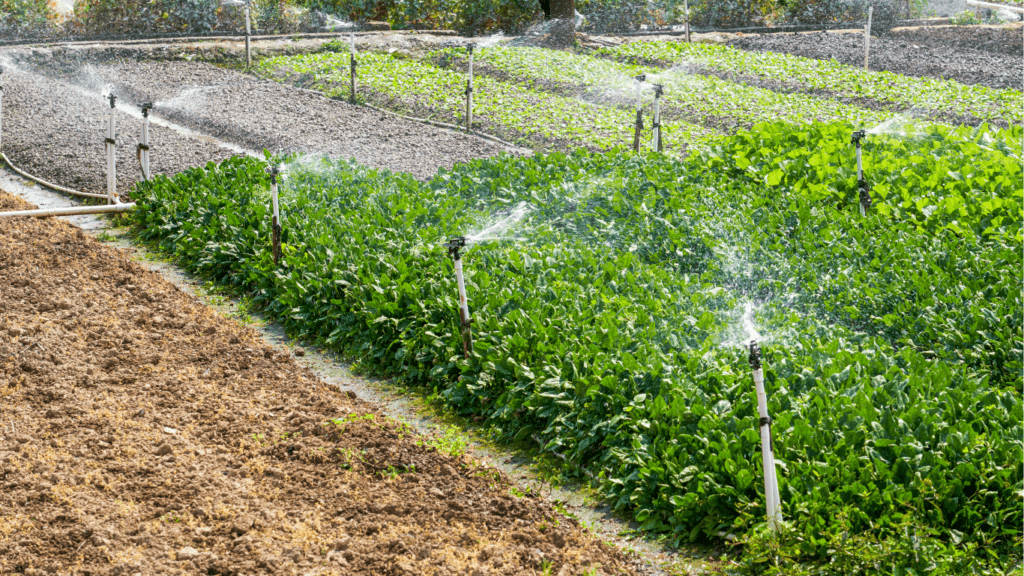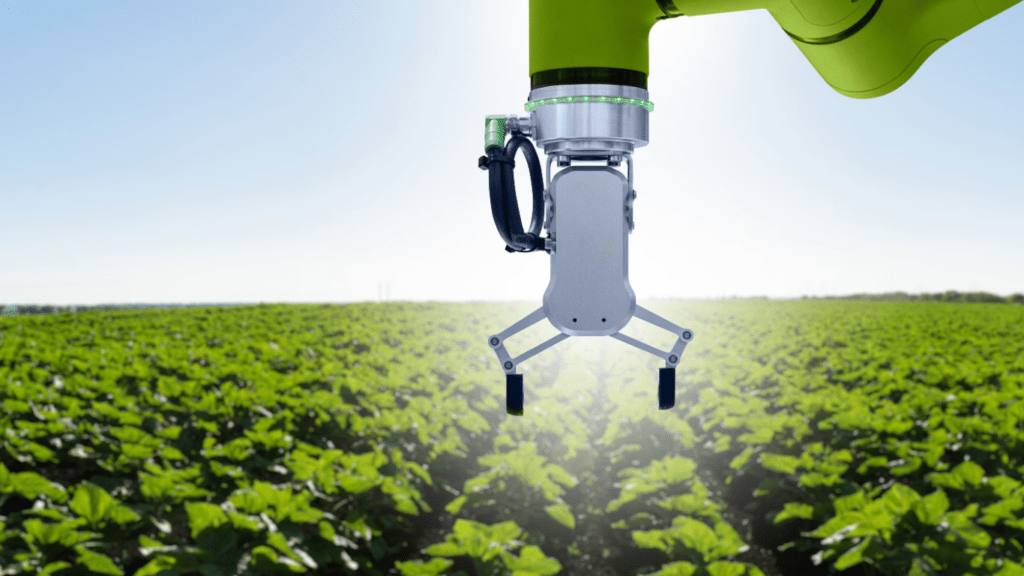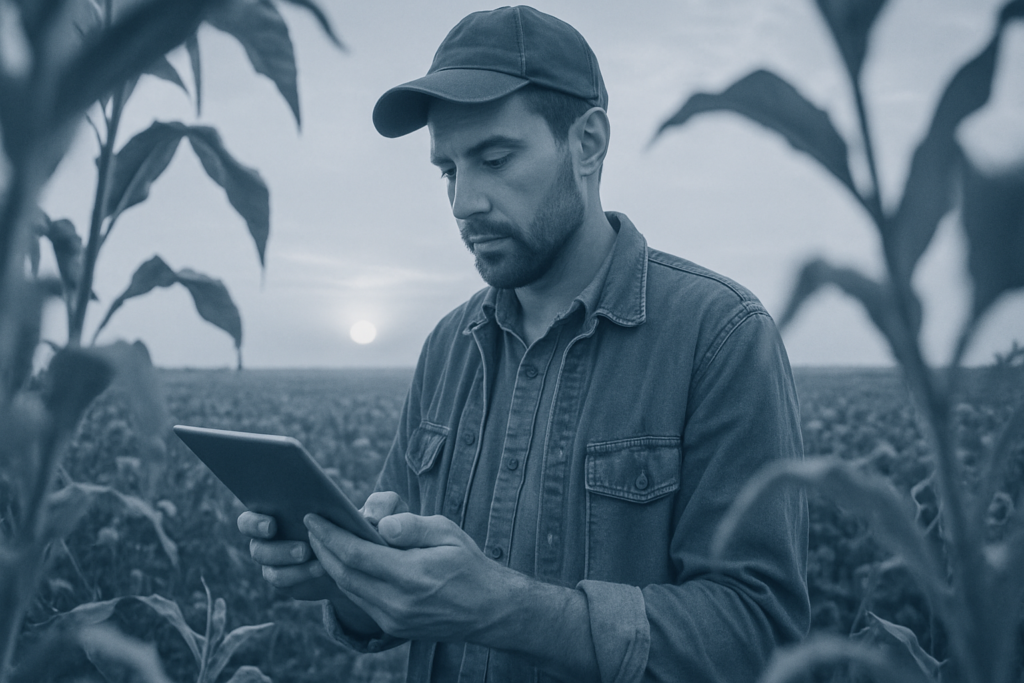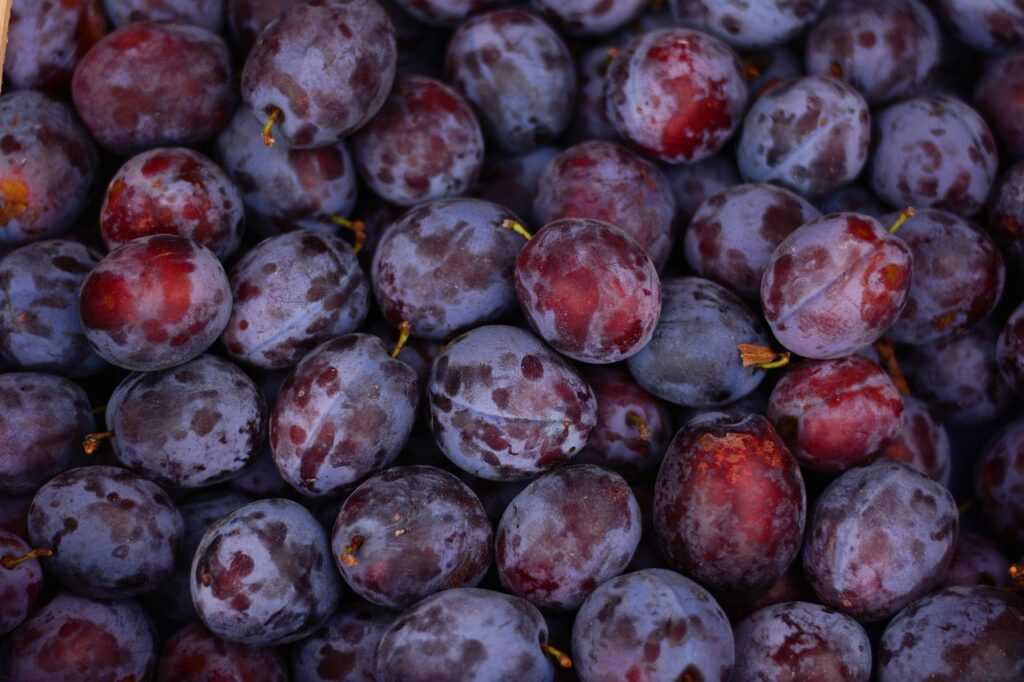Technological Innovations
Key innovations drive the agricultural sector’s future. These advancements address productivity, sustainability, and economic viability.
Precision Agriculture
Precision agriculture uses data analytics and IoT to optimize farming practices. GPS-equipped machinery, soil sensors, and satellite imagery provide real-time data, helping farmers make informed decisions.
For example, variable rate technology (VRT) allows precise application of inputs like fertilizers and pesticides, reducing waste and environmental impact.
Drones and Automation
Drones and automation streamline monitoring and management tasks. Drones equipped with multispectral cameras provide detailed crop health analysis and detect issues like pest infestations early. Automated machinery, including robotic harvesters and weeding systems, improves efficiency and reduces labor costs.
Biotechnology Advancements
Biotechnology advancements enhance crop resilience and yield. CRISPR gene editing introduces traits like drought tolerance and pest resistance, improving crop quality. GMOs (Genetically Modified Organisms) reduce dependency on chemical inputs and increase production. These advancements help meet the growing global food demand sustainably.
Sustainable Practices
Sustainable practices form a core aspect of the agricultural market trends shaping 2024. These practices aim to enhance productivity while preserving environmental resources.
Organic Farming
Organic farming avoids synthetic pesticides and fertilizers. It focuses on crop rotation, natural pest control, and composting. According to the Organic Trade Association, the organic food market grew 12.8% in 2023.
This trend highlights consumer preference for healthier options and environmentally friendly production methods. As a result, organic certification has become more valuable, encouraging more farmers to adopt these methods.
Regenerative Agriculture
Regenerative agriculture builds soil health and increases biodiversity. It emphasizes minimal soil disturbance and cover cropping. This approach restores ecosystems and improves resilience against climate change.
The Rodale Institute’s research shows that regenerative practices can sequester up to 14 metric tons of CO2 per hectare annually. Increasing carbon sequestration can mitigate the impacts of climate change, making it an effective strategy for sustainable food production.
Water Conservation Techniques

Water conservation techniques ensure efficient water usage in farming. Methods include:
- drip irrigation
- rainwater harvesting
- soil moisture sensors
According to the World Resources Institute, agriculture accounts for 70% of global freshwater usage. Using drip irrigation can reduce water usage by up to 60% compared to traditional methods. These techniques not only save water but also lower costs and enhance crop yields. Adopting such methods is crucial in areas facing water scarcity and helps preserve this vital resource for future generations.
Market Dynamics
Understanding market dynamics is crucial for navigating the agricultural sector in 2024. Key factors like global supply chains, commodity prices, and trade policies shape these dynamics.
Global Supply Chains
Global supply chains in agriculture are complex. COVID-19 exposed vulnerabilities, causing disruptions in agriculture supply. In 2024, supply chains must adapt, integrating technology for resilience.
Blockchain provides transparency, while IoT optimizes logistics and monitoring. Weather extremes, geopolitical tensions, and labor issues also impact supply chain stability. Efficient management ensures consistent delivery and quality.
Commodity Prices
Commodity prices fluctuate due to various factors. Climate change, supply chain disruptions, and geopolitical instability drive volatility. For instance, droughts reduce crop yields, raising prices. Increasing global food demand and energy costs also influence prices. In 2024, stakeholders must monitor trends, leveraging data-driven strategies to hedge risks and maximize profits.
Trade Policies
Trade policies significantly affect agricultural markets. Governments implement tariffs, quotas, and subsidies impacting international trade. US-China trade tensions and Brexit have global ramifications on agriculture.
Policies promoting free trade agreements and reducing barriers enhance market access. Conversely, protectionist measures restrict exports, affecting global supply and prices. Staying informed about policy shifts is critical for strategic decision-making.
Consumer Preferences
Changing consumer preferences are reshaping the agricultural market. These shifts, focusing on plant-based foods, local products, and transparency, drive new trends in 2024.
Demand for Plant-Based Foods
Consumers demand more plant-based foods, driven by health, environmental, and ethical considerations. Sales of plant-based meat, dairy, and snacks are growing rapidly.
According to the Good Food Institute, the plant-based market reached $7 billion in 2022 and continues to expand. In response, agricultural producers are increasing the cultivation of crops like soybeans, peas, and lentils to meet the rise in plant-based products.
Preference for Local Products
There’s an increasing preference for local products among consumers. Supporting local farmers and reducing carbon footprints are key motivations.
Farmers’ markets, farm-to-table restaurants, and community-supported agriculture programs are growing in popularity. According to the USDA, direct-to-consumer sales reached $2.8 billion in 2019 and are expected to rise. This trend encourages farmers to diversify crops and adopt sustainable practices to appeal to eco-conscious consumers.
Transparency and Traceability
Transparency and traceability in food production are now priorities for consumers. People want to know where their food comes from and how it’s produced. Technologies like blockchain and QR codes are helping meet this demand.
A 2020 IBM report mentioned that 71% of respondents were willing to pay more for brands offering full transparency. For agricultural producers, this means adopting traceability systems and providing detailed information on farming practices and product origins.
Climate Change Impact
Climate change is reshaping global agriculture profoundly. Addressing its impact is imperative for sustainability.
Adaptation Strategies
- Adaptation strategies for agriculture focus on resilience and efficiency.
- Farmers are adopting climate-smart practices, like crop rotation and integrated pest management, to mitigate climate stress.
- Technological advancements, such as satellite monitoring and predictive analytics, assist in better decision-making.
- Irrigation techniques, including drip irrigation systems, conserve water , enhancing crop yields in arid regions. Sustainable practices like agroforestry aid in maintaining soil health.
Resilient Crop Varieties
Developing resilient crop varieties is critical to withstand extreme weather conditions. Scientists are engineering drought-tolerant and heat-resistant crops, ensuring food security.
Genetically modified organisms (GMOs) play a significant role, offering improved resistance to pests and diseases. Crop diversification includes planting multiple species to reduce vulnerability to climate shocks. Efforts like these ensure crop stability and sustained agricultural productivity amidst changing climates.



